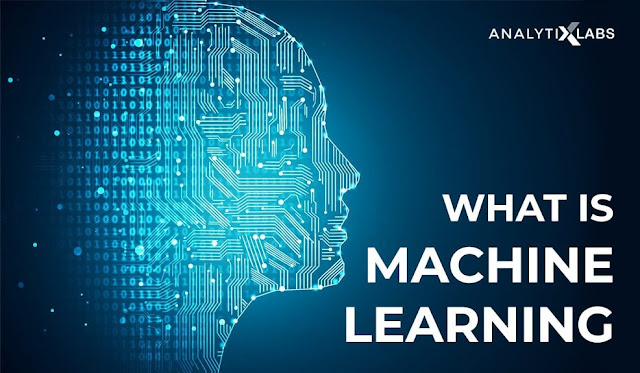Machine Learning (ML) is a fascinating field that has transformed the way we interact with technology and data. In this comprehensive guide, we'll explore what Machine Learning is, how it works, its real-world applications, and its impact on various industries. Let's embark on this journey to demystify the world of Machine Learning.
Chapter 1: What is Machine Learning?
At its core, Machine Learning is a subset of Artificial Intelligence (AI) that focuses on enabling machines to learn from data and make decisions or predictions without being explicitly programmed. Unlike traditional rule-based programming, where humans define specific instructions, Machine Learning systems learn patterns and rules from vast amounts of data.
Chapter 2: The Types of Machine Learning
Machine Learning can be categorized into three main types:
1. Supervised Learning:
In this approach, the algorithm is trained on labeled data, meaning that it learns to make predictions based on input-output pairs. It's commonly used in tasks like image classification and speech recognition.
2. Unsupervised Learning:
Unsupervised Learning deals with unlabeled data and aims to discover hidden patterns or structures within the data. Clustering and dimensionality reduction are common applications.
3. Reinforcement Learning:
In this type, an agent interacts with an environment and learns to take actions that maximize a reward. Reinforcement Learning is often used in robotics and game playing.
Chapter 3: How Does Machine Learning Work?
Machine Learning algorithms follow a general workflow that includes data collection, data preprocessing, model training, evaluation, and deployment. We'll break down each step and discuss the essential concepts like feature engineering and model selection.
Chapter 4: Real-World Applications
Machine Learning has made its mark in numerous industries:
Healthcare:
ML assists in disease diagnosis, drug discovery, and personalized medicine.
Finance:
It's used for fraud detection, algorithmic trading, and credit scoring.
Retail:
ML powers recommendation systems and demand forecasting.
Transportation:
Self-driving cars rely on ML for decision-making.
Natural Language Processing (NLP):
ML drives chatbots, language translation, and sentiment analysis.
Chapter 5: Machine Learning in Society
We'll explore the ethical considerations and challenges associated with Machine Learning, including bias in algorithms, data privacy, and the impact on jobs.
Chapter 6: The Future of Machine Learning
Machine Learning is a rapidly evolving field. We'll discuss emerging trends such as Explainable AI, Federated Learning, and Quantum Machine Learning, and how they'll shape the future.
In Conclusion,
Machine Learning is a powerful tool that has already revolutionized industries and continues to push the boundaries of what's possible. This comprehensive guide has introduced you to the fundamentals of Machine Learning, its types, applications, and its societal implications. As you embark on your journey into this exciting field, remember that the possibilities are limitless, and there's always more to learn and discover.
I Know you guys get it now "What is Machine Learning"
If you want to earn money at home do check out this :






0 Comments